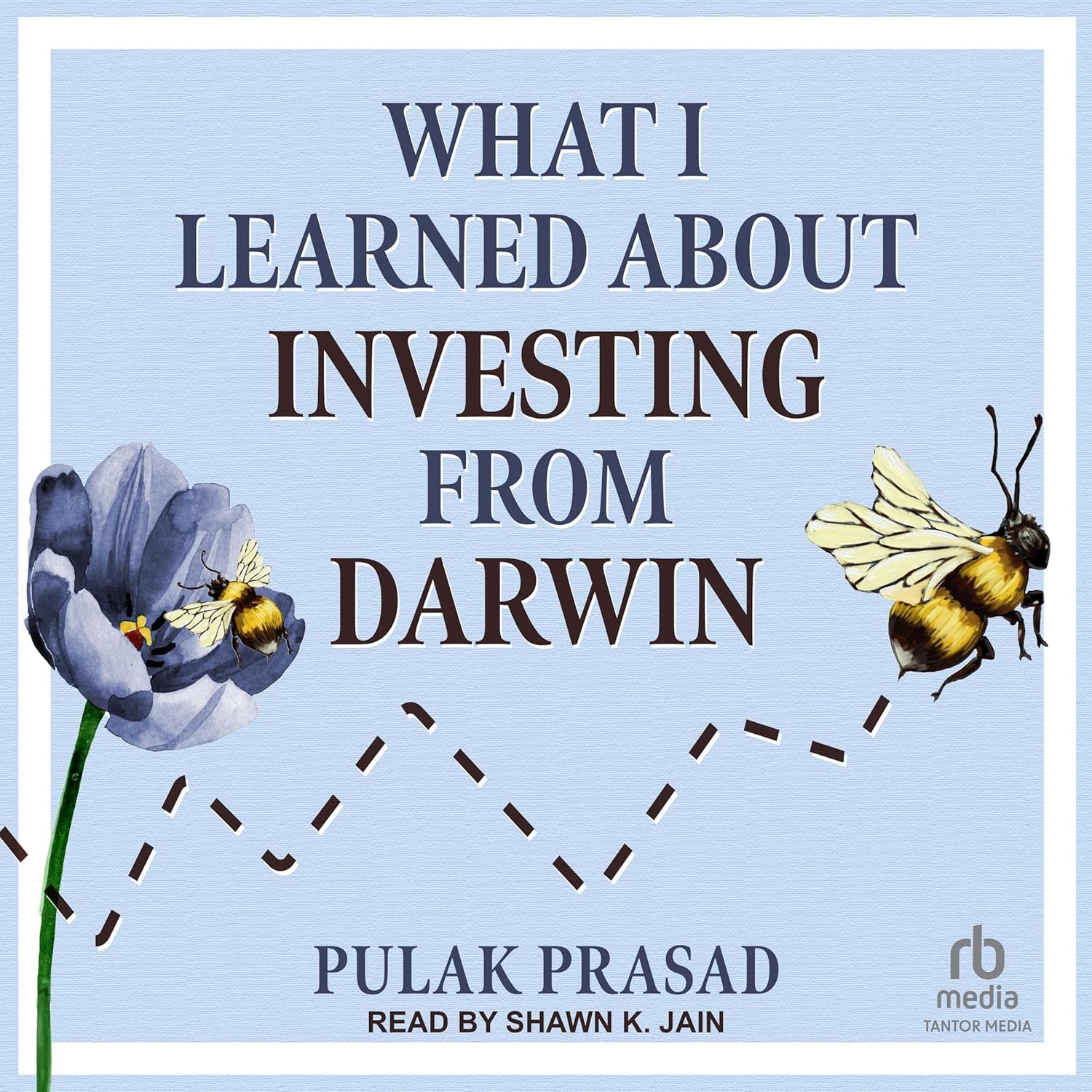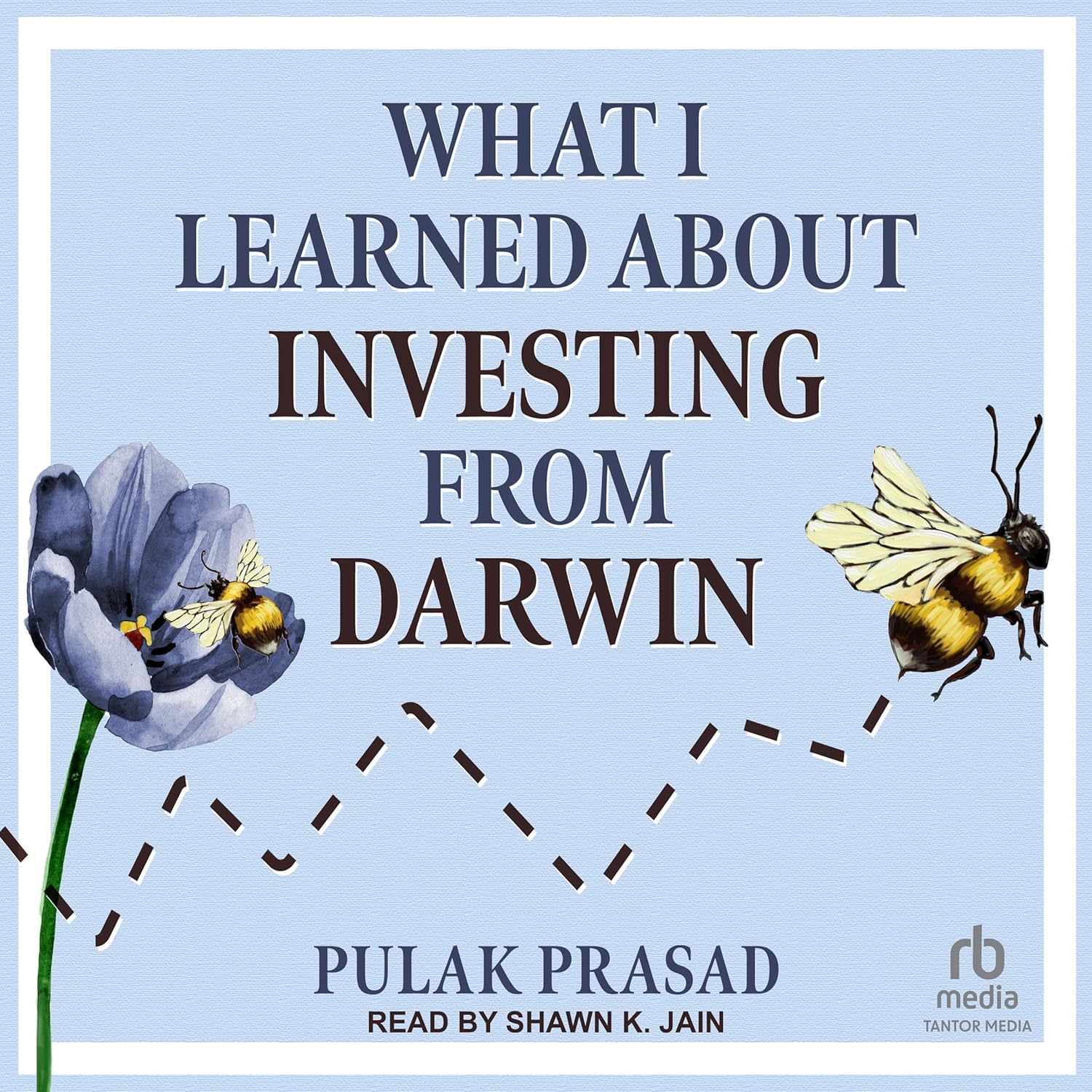As an avid reader and investor, I was immediately drawn to Pulak Prasad’s What I Learned About Investing from Darwin. The concept of blending investment strategies with evolutionary biology was intriguing, promising a fresh perspective amidst the traditional investment literature that often seems stale. The aim of the book, as described, is to offer solutions for investors feeling the pressure of the industry’s current crisis—where most equity fund managers struggle to beat the market over time.
Upon diving into the book, I was impressed by how Prasad masterfully intertwines concepts from Darwinian theory with practical investment advice. The engaging writing style enhances the reads and makes dense concepts easy to comprehend. Indeed, many reviewers applauded this – one stating that Prasad "delivers complex insights with ease," allowing both novices and seasoned investors to absorb the material effectively.
One aspect I particularly admired was Prasad’s three mantras for investing: “Avoid big risks; buy high quality at a fair price; and don’t be lazy—be very lazy.” Each mantra is infused with real-world examples that resonate strongly, linking them back to evolutionary principles. For instance, the analogy comparing bumblebees’ survival strategies with investment attitudes helped frame the often difficult decisions investors face, such as the fear of missing out on trends like Tesla.
Nonetheless, the book is not without its drawbacks. While many readers found it thought-provoking—one mentioned it made them reflect deeply—I sometimes felt that some concepts were repeated in various forms throughout the chapters. This repetition can dilute the impact of the ideas presented. Moreover, some sections, particularly those delving into financial metrics, felt a bit heavy for readers without a strong financial background. I could see how readers might find themselves lost if they aren’t familiar with terms like ROCE or the implications of managerial assessments in a corporate context.
Prasad’s critique of the current investment landscape, particularly the move from active to passive management as mentioned in the book’s description, was compelling. He argues for a patient and discerning approach—one that recognizes the value of time and quality over hasty decisions. Adopting a long-term, almost stoic perspective on investing encourages the reader to avoid the frenetic urgency that plagues many market participants.
This approach coincided with my own experience in the market. The notion of embracing significant quality while consciously avoiding needless risks resonated deeply, aligning perfectly with what I strive to achieve in my own investment practices. While the positive takeaways from the book largely reinforced my beliefs, I wish there had been more concrete case studies detailing the long-term benefits of Prasad’s strategies.
Overall, I found What I Learned About Investing from Darwin to be not just a guide on investment strategies but a philosophical exploration that encourages critical thought. The wisdom imparted in this book is grounded in both evolutionary theory and practical investment applications.
My verdict? If you’re looking for a thought-provoking read that merges biology and finance, this book earns a solid 4.5 out of 5 stars from me. It successfully sheds light on the complexities of investing while encouraging reflection on one’s strategies. I highly recommend it to anyone interested in deepening their understanding of not just the market, but also the patient and informed approach that might just be the way forward in this tumultuous world of investing.








